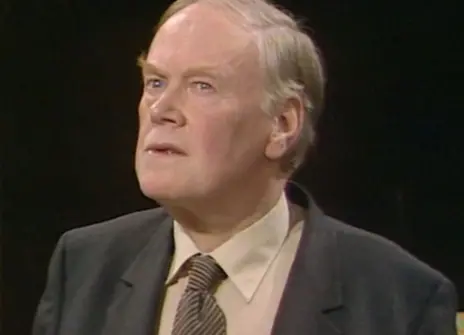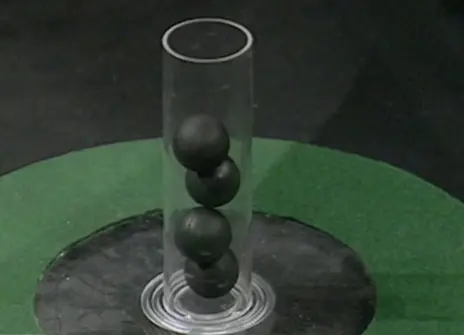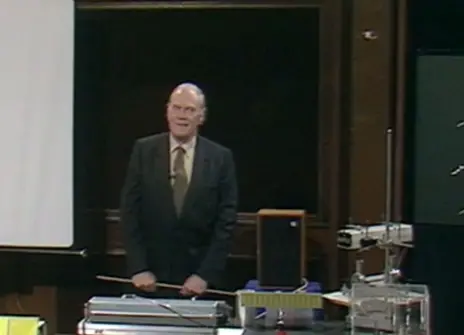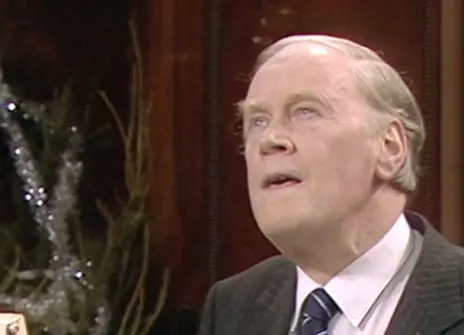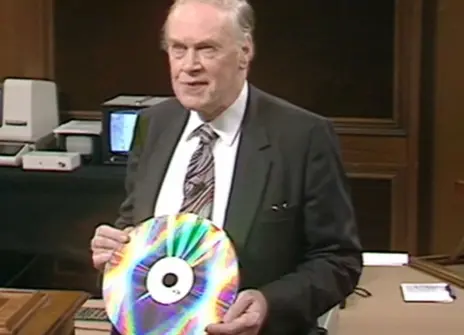Lecture 2 – The measurement of time
This lecture will be concerned principally with the measurement of time, starting with the natural time-keepers constituted by the earth's rotation about its axis and its revolution around the sun giving our day and year respectively Early attempts at mechanical clocks were mainly in the direction of devices in which water or sand ran out of a small hole in a container, resulting in the water clocks of the ancient world and hourglasses of the egg-timer variety. None of these, though, was precise nor could it measure short intervals. For this latter purpose, some phenomenon which repeated with a period of not more than a few seconds was required. Galileo realised that he had one available in his own body— his heart beat; by counting his pulses while watching the incense—burning pendulum swinging in the cathedral at Padua he discovered that the swing of a pendulum takes almost the same time whether swinging either a large arc or a small one. He also discovered in the same way that the distance covered by a falling body is proportional to the square of the time of the fall.
The pendulum clock resulted from Galileo's discovery, and it was soon found that oscillations of a mass attached to a spring performed the same kind of simple harmonic motion as a pendulum, and so the spring balance watch was evolved by Robert Hooke. This led to the development of the chronometer by Harrison. By paying great attention to detail, Harrison was able to reduce the time-keeping error in his portable chronometer to about one second per day. By the early nineteen hundreds, pendulum clocks could be made to keep time to better than one-hundredth of a second per day. Quartz clocks, in which the electro-mechanical oscillations of quartz crystals are counted, could by 1960 achieve better than one-thousandth of a second per day, and now atomic clocks can be set to one ten-millionth of a second per day.
The atomic clock is in fact much steadier than the rotation of the earth itself. For a long time, we have known that the earth is gradually slowing down under the influence of the moon at about one six hundredth of a second per century, and the atomic clock has shOWn up other irregularities in the earth's motion, which runs slow in the northern spring and early summer due to the melting of the ice-cap and the movement of large air masses. As a result, the second is no longer defined as one-sixtieth of one twenty-fourth of a day, but as the number of oscillations of a particular frequency associated with changes inside the caesium 133 atom – 9,192,631,770 of them.
We can now, therefore, measure very short times very accurately. We have also to measure very long times. Tree rings and other periodic variations based on the annual cycle help us to date back over the last thousand or two years. Radioactive decay of atoms enables us to go back to the oldest rocks on the earth, which were formed some thousands of millions of years ago, and we can see light coming from distant galaxies which have taken all that time to reach us.
About the 1981 CHRISTMAS LECTURES
From the 1981 lecture programme:
The Christmas Lectures at the Royal Institution started in 1826, and there have now been more than one hundred and fifty in the series; and yet none has previously been on the theme of this year's lectures, which is measurement. Perhaps this is because the measurement is so much part of human life that we tend to take it for granted; but if we are to understand how our modern world, with all its achievements and its dangers, has evolved, then we need to know what measurement is, the principles by which measurements can be made, and why their applications have been of so much importance in the advance of science and in the development of technology. And we also need not be carried away by the spectacular successes of measurements, such as awakening mankind to the huge store of energy in the atomic nucleus, or the microchip, or the control of space probes as far away as Saturn; for despite Plato's proud claim that 'man is the measure of all things' there are many qualities in life that are very difficult, if not impossible, to measure such as love or courage, and we should therefore be cautious about extending measurement beyond its proper domain. But within that domain, measurement is one of the most challenging, fascinating and rewarding of human activities: this is what the lectures are intended to show.

